History
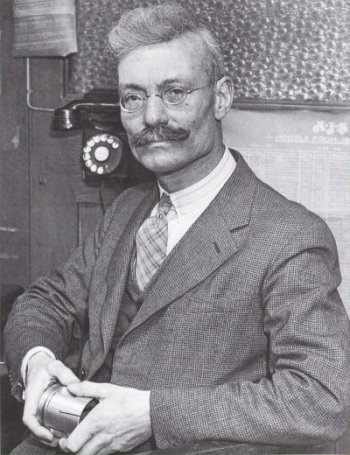
The founder of the firm that was eventually to become Associated Motor Cycles Ltd was Henry Herbert Collier, an ex Woolwich Arsenal engineering supervisor, who started manufacturing bicycles under the Matchless name at his home in Herbert Road, Plumstead in 1878.
Henry Collier had three sons; Henry Albert (known as Harry) and Charles Richard (Charlie) from his first marriage, and Herbert William (Bert) from his second.
It wasn't long until petrol engines were added to the pedal cycles and, when the two eldest joined him in the business, it became H Collier and Sons.
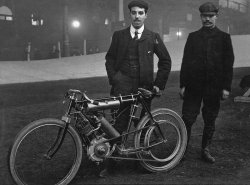
There was a most significant change for the company when production outgrew the converted stables that it occupied in Herbert Road at the end of 1912.
Business had been good and a new factory was built in a much more suitable location away from the select housing near the common and within easy reach of the Woolwich Arsenal Railway Station.
The factory building itself was in Burrage Grove at the junction with Maxey Road. Burrage Grove (the eastern end of which is now renamed Walker Close) runs parallel to the main Plumstead Road.
New offices with a showroom were built fronting Plumstead Road which thus backed onto the new factory premises.
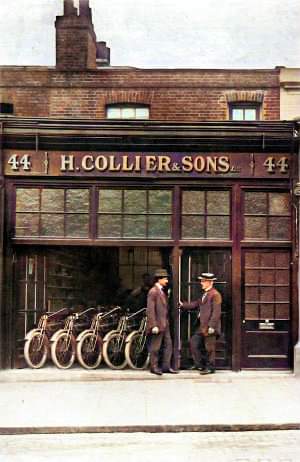
The move was made early in 1913 and it proved to be a wise one indeed for these same premises, progressively expanded over the years, were to serve as the home for motorcycle manufacture until the factory finally closed its doors in 1969.
At the time of the move Henry was recorded as being the Managing Director while Harry was the Works Manager and Charlie the Manager of the Finishing Department (presumably the Assembly Shop) but it is clear that Harry was becoming the prime designer of the products.
There had been a major slump in the Woolwich area before the First World War, caused by a shortage of work at the Arsenal and, like many other commodities, the demand for motorcycles was hit badly. As a result of this, Matchless was forced to lay off many of their staff.
However, during the 1914-18 war, the Plumstead factory was occupied on munitions and aircraft parts,
the latter to a degree of accuracy one would expect from a firm whose trade mark had, for
so long, been two hands using a micrometer.
H H Collier (Senior) died in 1926 and the company became Matchless Motor Cycles (Colliers), Ltd in 1928.
In 1928 Matchless expanded their activities by relocating their manufacture of sidecars to a separate factory at Mast Pond Wharf near the Woolwich Ferry. This had once been part of the old Woolwich Dockyard where it had formerly been the prison building. It is believed that the sidecar manufacture was managed by George Alfred Walker, father of AJS and AMC designer Philip Walker. They also made a small number of the Matchless 'Hawk' bodies for the Austin Seven there.
In early '30s, the AJS concern passed into the control of the Matchless company, the models of the old Wolverhampton factory being henceforth produced at Plumstead Road.
In 1938, following the acquisition of Sunbeam, the Matchless enterprise, together with its other concerns became Associated Motor Cycles Ltd and in subsequent years James (1952), Norton (1953), and Francis Barnett (1957) came into the AMC fold.
Harry Collier, the elder of the brothers, died in 1944 and Bert (the youngest) had been killed in a road accident earlier in the war, leaving "Mr Charlie" as the last of the firm's founders, who was taken ill, whilst still working in the factory, in 1954 at the age of 70, and then taken to his office where he died.
The foresight of the Collier family in planning this building is impressive. It was at one time a two storey structure and may have initially only been just a single floor, but by the 1940's it consisted of four floors with an extension on the roof as well. The base structure must have been planned with potential expansion in mind from its inception.
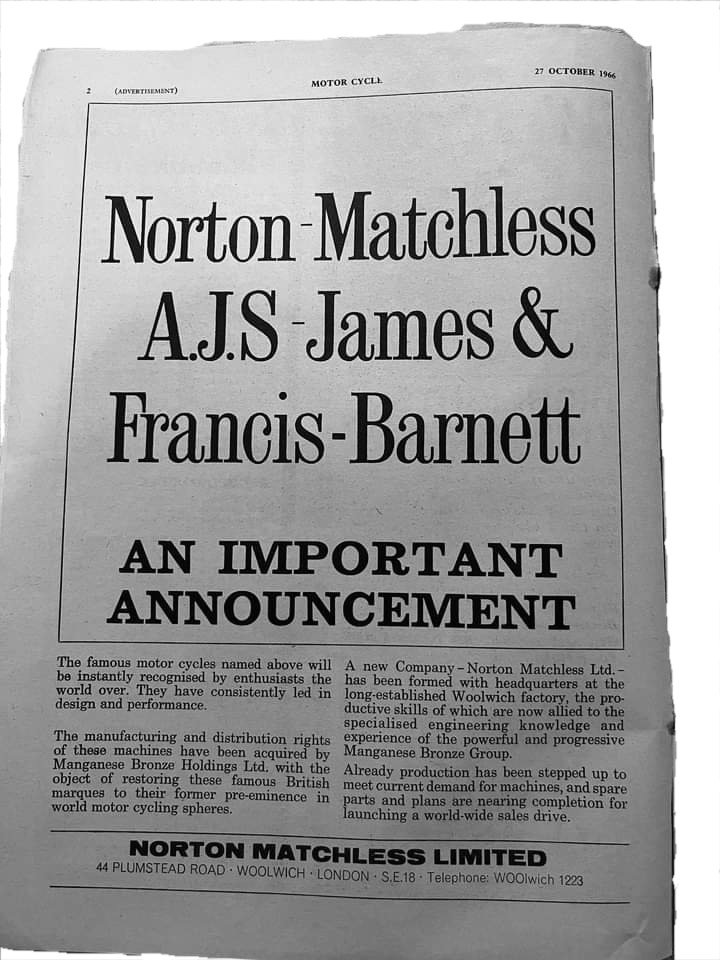
In 1966 AMC went bankrupt and was taken over by Manganese Bronze Holdings (who already owned two-stroke engine manufacturer Villiers) and formed Norton-Villiers Ltd to oversee operations.
This company then formed a sub-division called 'Norton Matchless Ltd' to market the remaining models.
For a couple of years, work at the AMC factory was limited to the production of the few remaining Matchless models and the new Norton Commando, the engines and gearboxes for which were shipped down from Wolverhampton.
Then, in late 1968 the Plumstead works at Burrage Grove, were presented with a Greater London Council compulsory purchase order for a major road widening scheme, finally closing in July 1969, with the land that it occupied given over to housing development.
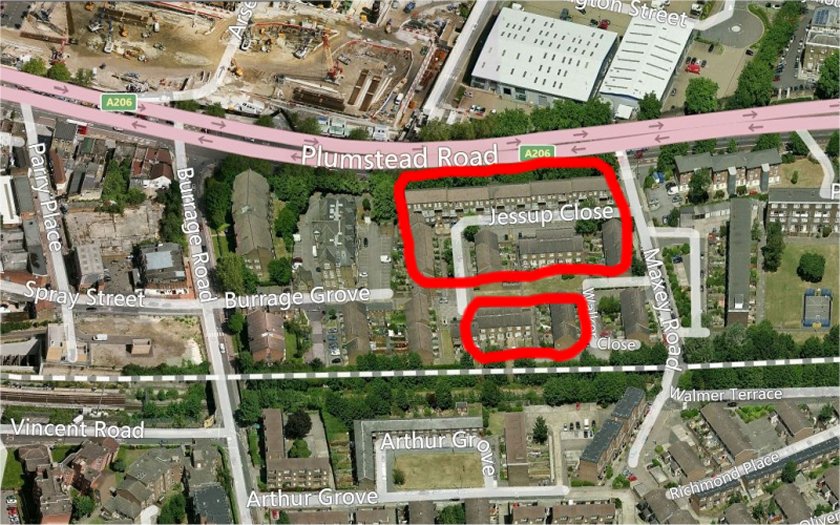
.jpg)
.jpg)
After obtaining a Government subsidy, a facility was set up in a factory at North Way, Andover, to continue assembling the Norton Commando model, with the Test Department housed in a number of Nissen huts on nearby Thruxton Airfield.
More information on the history of the Woolwich factory can be found in several of the articles listed on the Links page
.jpg)